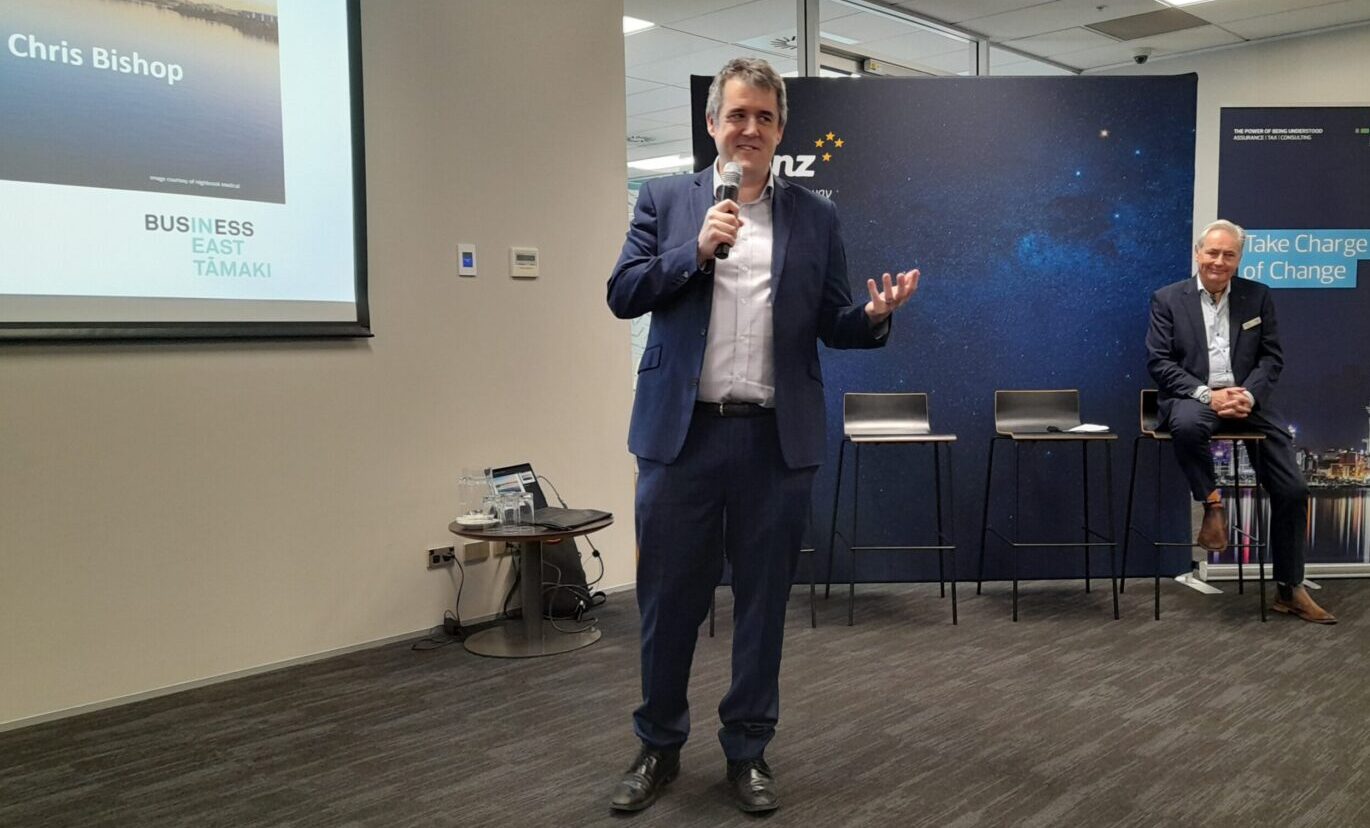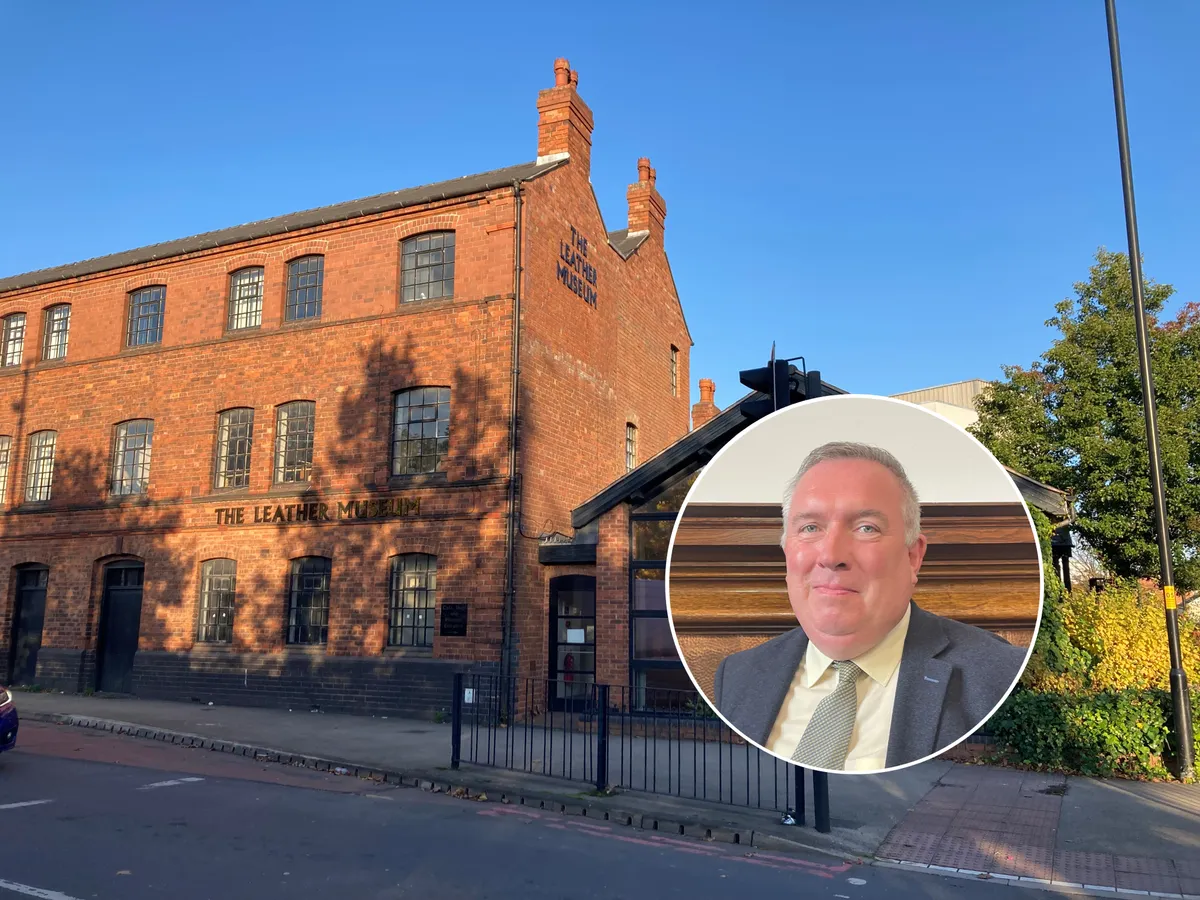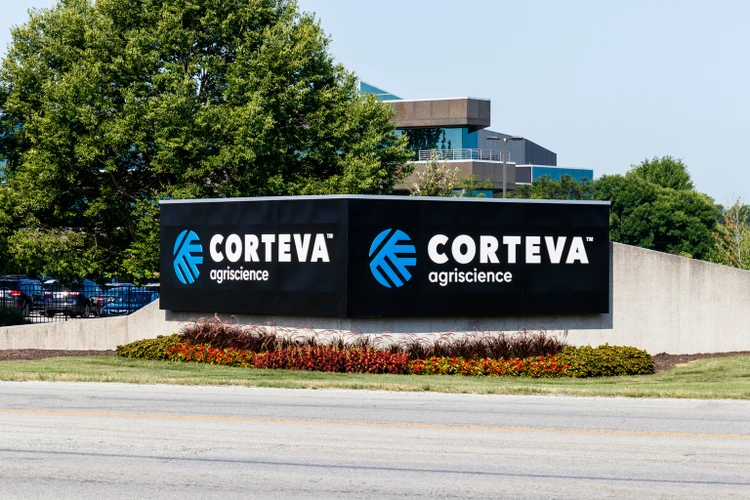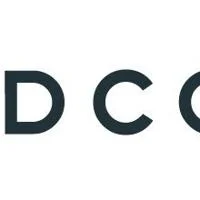By Phil Taylor
Copyright times

Multi-portfolio senior Government Minister Chris Bishop remains optimistic that Auckland’s economic fortunes are going to turnaround next year and appreciates “it’s been tough” in the country’s largest city in recent years.
In a relaxed, informative and wide-ranging speech to company leaders at a Business East Tāmaki breakfast yesterday, Bishop described himself as a “glass half-full kind of guy” and said, “exciting things are happening in Auckland”.
He acknowledged the previous Government spent too much public money during the Covid era, but the Reserve Bank “has done what it needed to do” in regularly dropping the Official Cash Rate over the past year to stimulate economic activity and ease financial pain during the cost-of-living crisis.
Bishop said there are “plenty of green shoots” pointing towards economic recovery and that the construction sector can only start getting better as it’s at the bottom point of the downturn.
“All the forecasts are for growth in consumer and business confidence.”
He mentioned the Government’s announcement on Monday that Auckland will now be exempt from earthquake-prone building rules, saying “we’re adopting a sensible approach to risk”.
“It imposed enormous cost on property owners.”
Transport Minister Bishop, who attended the ribbon-cutting opening ceremony for Rā Hihi, the Reeves Road Flyover, last Friday in Pakūranga, said the Government in collaboration with local government has a “huge programme” of investment and building work ongoing and being planned in Auckland, and that “we do need to complete the Eastern Busway”.
The long-planned Mill Road Upgrade, a super project that will eventually connect a main arterial road from Manukau to Drury as an alternate route to the Southern Motorway, is another of the Government’s priorities as it’s “a road of national significance”.
He explained to the business audience the Government’s preferred “phased approach” to building sections of large-scale transport projects and that will be applied to how the Mill Road Upgrade is to be constructed, the same way it’s delivering the Eastern Busway in conjunction with the Auckland Council and Auckland Transport (AT).
Bishop also indicated it’s only a matter of time before road-use charging will be introduced in the region.
“It’s a challenging debate for Auckland, how much more to pay at peak times; to set a price for certain times. That’s all got to be worked through.”
He said the proposed legislation has returned from select committee and has cross-political party support, and that the idea is ultimately aimed at reducing congestion on Auckland’s roads which will improve travel times and economic efficiency.
“The cost of congestion is $1 billion to $1.5b a year in Auckland in lost productivity.”
The next topic Bishop discussed was Auckland’s much-needed second Waitematā Harbour crossing, saying harbour surface research work is happening now and that the Government is “talking to the market – financers and builders” about “feasible” plans.
“We do need another harbour crossing. Forty per cent of people crossing the harbour bridge are travelling by bus, which has significantly extended the life of the bridge.”
Bishop said the second harbour crossing job will be “the biggest infrastructure project in New Zealand’s history”.
“We have got to have bipartisan support, because it’s a commitment to a 10- to 15-year project.”
Concluding his talk, Bishop forecast “Auckland’s future is a very bright one”.
“I enjoy coming to Auckland,” said the MP for Hutt South. “It’s a dynamic place, you love growth, and when business succeeds, Auckland succeeds.”
AT chief executive Dean Kimpton was also in attendance and talked about having a “different approach to local roads and main arterials” in Auckland – what vehicles are prioritised to use main corridors, as an example.
But the challenge for road use is getting individual trip times down as the city grows by 30 per cent, he said.
Kimpton said AT’s focus remains on getting more people using public transport, and those numbers continue to increase each year by 10 to 15 per cent.
He said when the City Rail Link opens next year it will be a “game changer” and that work is happening now realigning public transport timetables for buses and ferries for passengers to make efficient connections to the urban train network.
He said once the Eastern Busway is completed around the fourth quarter of 2027, he’s confident people will use it, and pointed to the success of services such as the Northern Busway and North-Western Busway that public transport users have embraced and are using in big numbers, which takes private motor vehicles off the roads.
An interesting fact Kimpton noted was the newer North-Western Busway service was quicker to transport its millionth customer ahead of the very popular and well-used Northern Busway.
Matt Zame, the Eastern Busway project director, concluded the presentations by giving the audience an overview of where the $1.3b super transport project is at in terms of progress.
He said the partial opening of Rā Hihi is a pleasing major milestone but there’s still “a lot more work under the flyover” to do in the coming months, including reopening and reconnecting Reeves Road to the local road system.
Zame also talked about the present work focus further down the route of the Pakūranga to Botany section on Tī Rākau Drive, where major building works are underway constructing the Tī Rākau Bridge and Taupaepae Bridge at Burswood.
The Business East Tāmaki breakfast was held at BNZ Business Partners Centre at Highbrook and was sponsored by RSM New Zealand.
For an earlier Times story about the Government’s changes to earthquake-prone building rules, read:
For all the recent Times stories about Rā Hihi and the Eastern Busway, read



